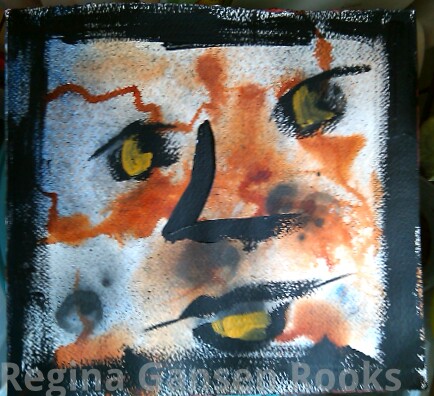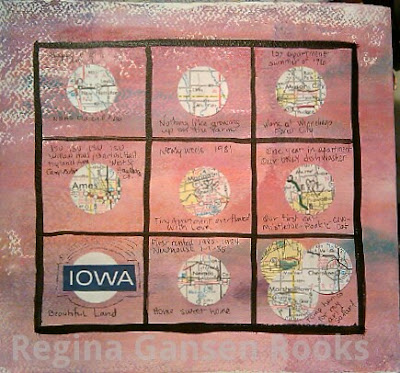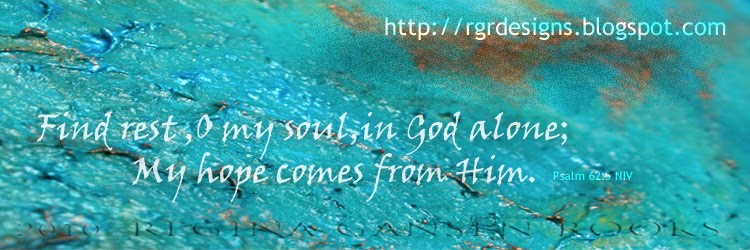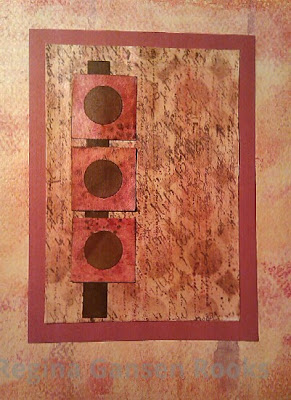
This is what happens when I experiment with no expectations...
I've been reading a book,
DYNAMIC ACRYLICS by
Soraya French. The author likes to use acrylic ink, often as the underpainting. I picked up a bottle of Liquitex Burnt Sienna Acrylic Ink. There's a dropper built into the cap. Wonderful. I applied the ink with the dropper on watercolor paper - dry, wet into wet, sprayed with water, alcohol, etc. Then I added Liquitex Soft Body paint - Ultramarine. More ink. Then I decided I needed a little black. That's when I saw a face. So I dipped a brush into the jar of black soft body paint & laid calligraphic strokes on the paper to bring out the face I "saw". I came back to the page later & decided it needed a bit of highlight, so I added a few strokes of yellow ochre. Then I bordered the page with strokes of black.

Another day, another experiment. I've been learning to paint faces. In Sharon Tomlinson's on-line class, we used Folk Art craft paints which has a nice generic skintone color. But Sharon also showed us an easy mix to create flesh tones.
This week I got out my set of Golden OPEN Acrylic paint to experiment with creating flesh tones. I was very happy with the results that came from mixing titatium white, yellow ochre, alizarin crimson and cobalt blue. Ultramarine blue also works, but has a higher tinting strength than cobalt blue, so be careful to not add too much!
Well, I had the paint mixtures on my palette and dabs of the color recorded in my paint reference journal... so how about making a face. I had about 20 minutes available, so I grabbed a miniature watercolor tablet (3.5 x 4.75 inches), quickly sketched an outline & features, then applied paint with a 3/8 inch angular flat brush.
Have you ever used Golden OPEN Paints? They are luscious & creamy & so blendable!
This little study was painted very loosely. ALL of it was painted with that relatively large brush. The angle makes it possible to paint the smallest details when using a superb paint like Golden OPEN. (No, I am not getting any reimbursement for all this gushing.)
I definitely will be using this paint for more faces.

One last thing. If you want to take a fun on-line class, sign up with Sharon Tomlinson. She gives great feedback and is really fun. Sharon is offering a
new class that will start this month using non-traditional colors for faces. Check it out!














